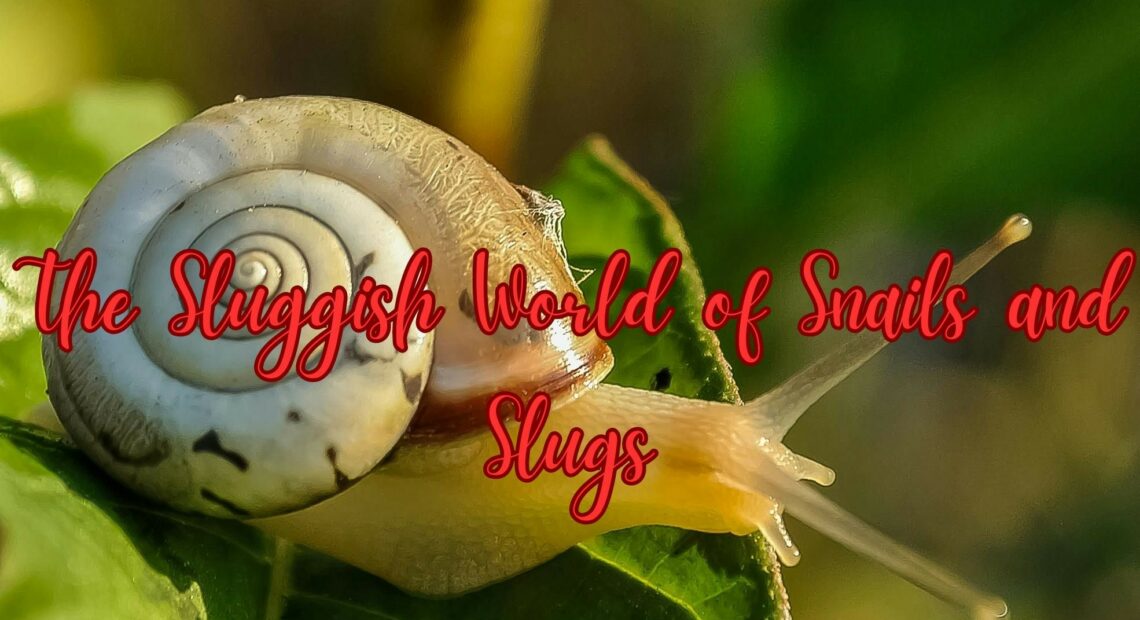Why Are Snails and Slugs So, Well, Sluggish?

Snails and slugs, with their leisurely pace and seemingly lackadaisical demeanor, have long been the epitome of slowness in the animal kingdom. While their sluggishness may appear comical or even frustrating to some, there are fascinating biological reasons behind their leisurely pace. In this blog post, we’ll explore why snails and slugs are so, well, sluggish, shedding light on the unique adaptations that allow them to thrive at their own unhurried pace.
1. Limited Locomotion
One of the primary reasons for the sluggishness of snails and slugs is their mode of locomotion. Unlike many other animals that rely on limbs or appendages for movement, snails and slugs use a muscular foot to glide along a layer of mucus secreted by their bodies. This method of locomotion is energy-efficient but relatively slow compared to walking or running.
2. Energy Conservation
Being sluggish is not just a matter of laziness for snails and slugs; it’s a strategic adaptation for conserving energy. These creatures have relatively low metabolic rates, meaning they require less energy to sustain their bodily functions compared to more active animals. By moving slowly and conserving energy, snails and slugs can survive on limited food sources and thrive in environments where resources are scarce.
3. Moisture Dependency
Another factor contributing to the sluggishness of snails and slugs is their dependence on moisture. These gastropods have soft, moist bodies that are highly susceptible to dehydration. Moving slowly helps them minimize water loss and maintain hydration levels, especially in dry or arid environments. As a result, they often emerge from their hiding places during damp or rainy weather when moisture levels are higher.
4. Protective Shell
Many species of snails possess a protective shell that they carry on their backs. While the shell provides valuable protection against predators and environmental hazards, it also adds weight and bulk to the snail’s body, making rapid movement more challenging. Slugs, which lack a shell, may compensate for their vulnerability by moving more cautiously and deliberately.
5. Environmental Adaptations
The sluggishness of snails and slugs is also influenced by their evolutionary history and ecological niche. These creatures have evolved to occupy specific habitats, ranging from damp forests and grasslands to aquatic environments. Their slow movement allows them to navigate their surroundings effectively, foraging for food and seeking shelter while minimizing the risk of injury or predation.
Conclusion
In conclusion, the sluggishness of snails and slugs is not a sign of laziness but rather a set of remarkable adaptations that enable these creatures to thrive in their respective habitats. From their unique mode of locomotion to their energy-conserving strategies and moisture-dependent lifestyles, snails and slugs have evolved a deliberate pace that suits their ecological needs. So the next time you encounter a snail or slug ambling along at its own unhurried pace, take a moment to appreciate the fascinating adaptations that make them such successful and resilient creatures in the natural world.
Picture Courtesy: Google/images are subject to copyright








